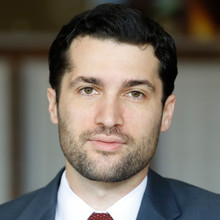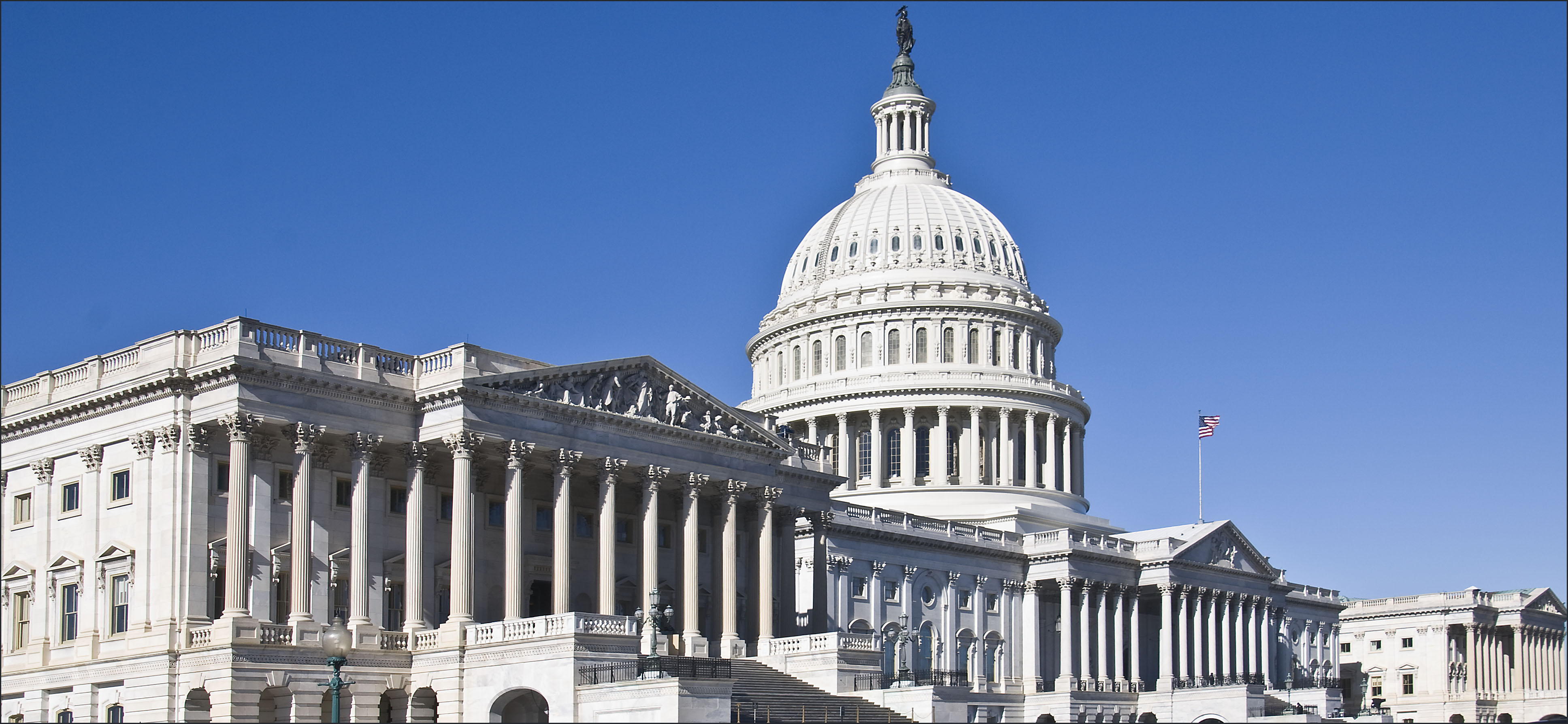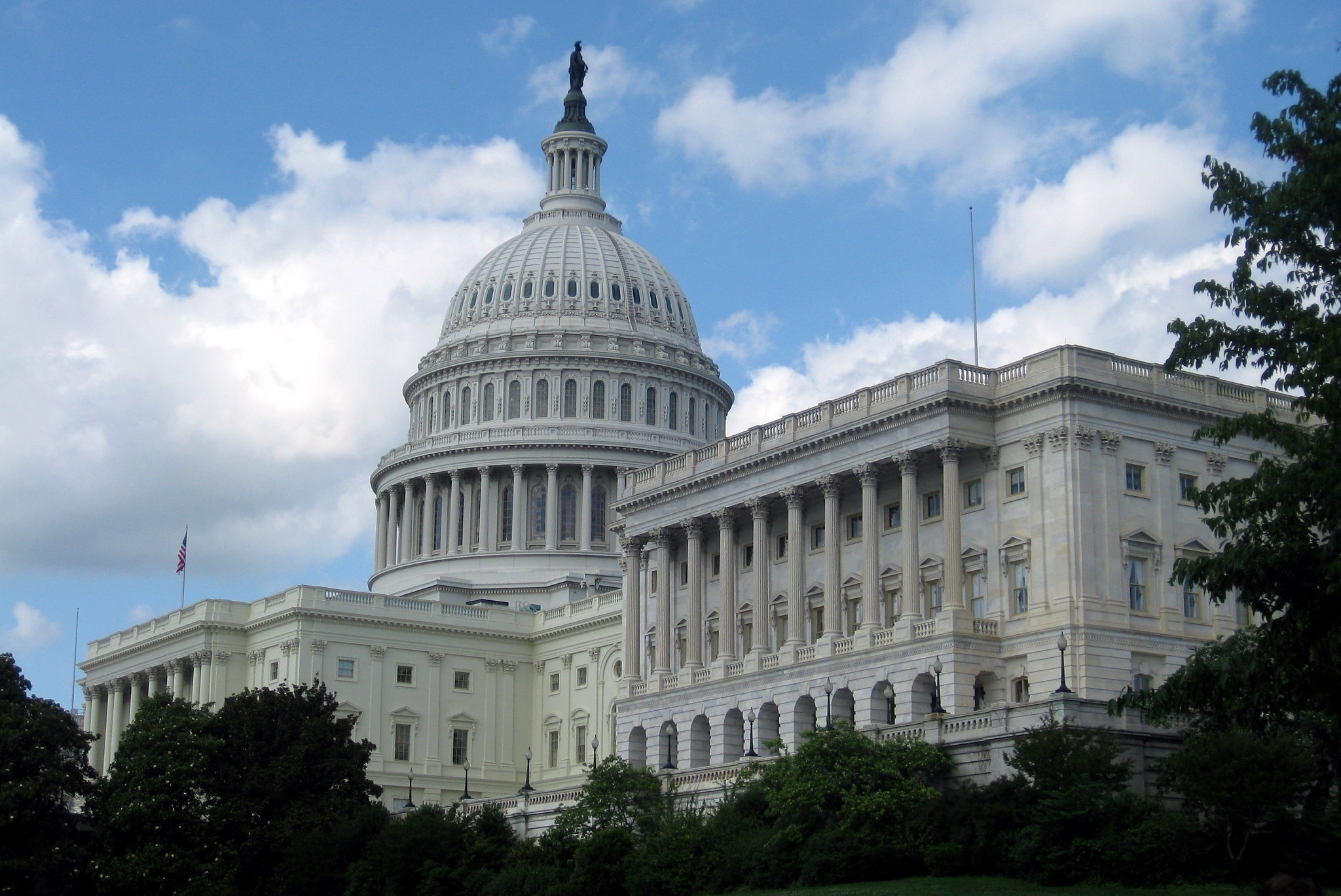Clapper Opinion Recap: Supreme Court Denies Standing to Challenge NSA Warantless Wiretapping
As Wells reported, the Supreme Court issued its opinion in Clapper v. Amnesty International USA this morning.
Published by The Lawfare Institute
in Cooperation With

As Wells reported, the Supreme Court issued its opinion in Clapper v. Amnesty International USA this morning. By a 5–4 vote, it held that a group of human rights organizations, lawyers, activists, and journalists lacked standing to challenge the constitutionality of a congressionally authorized, warrantless government surveillance program.
The surveillance program was authorized by the 2008 Foreign Intelligence Surveillance Act (FISA) Amendments Act (FAA), which permits the executive branch to engage in large-scale, programmatic surveillance of foreign targets outside the United States. The surveillance is subject to approval by the Foreign Intelligence Surveillance Court (FISC), and to procedures intended to minimize incidental interception of information regarding U.S. persons, a category encompasses citizens, lawful permanent residents, and certain associations and corporations.
On the date of the FAA's enactment, the plaintiffs filed suit for declaratory and injunctive relief, arguing among other things that the statute's key surveillance provision was contrary to the Fourth Amendment and unconstitutional on its face. A Second Circuit panel held that the plaintiffs had standing to sue, and the full Second Circuit denied rehearing on a close vote. (For more background, see these posts, as well as this Lawfare podcast featuring the ACLU's Jameel Jaffer, who argued the case for the plaintiffs, and Benjamin Powell, former general counsel of the Office of the Director of National Intelligence and architect of the FAA.)
Today the Supreme Court reversed the Second Circuit. Justice Alito wrote the opinion of the court, and was joined by Chief Justice Roberts and Justices Scalia, Kennedy, and Thomas. Justice Breyer wrote a dissent, in which Justices Ginsburg, Sotomayor, and Kagan joined.
***
The Majority Opinion The majority opinion proceeded in two steps, dealing first with the plaintiffs' claims of likely future injury. Justice Alito thought these "too speculative to satisfy the well-established requirement that threatened injury must be 'certainly impending.'" Rejecting the Second Circuit's "objectively reasonable likelihood" standard as "inconsistent" with the "certainly impending" requirement of cases like Whitmore v. Arkansas, 495 U.S. 149 (1990), Justice Alito identified five things that would have to happen for the plaintiffs' feared injury to occur: (1) the government would have to target those non-U.S. individuals with whom the plaintiffs wanted to communicate; (2) the government would do so under its FAA (rather than some alternative) authorities; (3) the FISC would approve the surveillance; (4) the government would actually succeed in intercepting the targeted communications; and (5) the interception would include the plaintiffs' communications. Justice Alito held that the plaintiffs' claims were too speculative on all counts. With respect to the government's actual surveillance activities, he noted that, because the government's targeting practices are secret and the FAA merely authorizes, rather than directs, the government to engage in such targeting, "respondents can only speculate as to how the Attorney General and the Director of National Intelligence will exercise their discretion in determining which communications to target." In a footnote, Justice Alito rejected a proposal to resolve the standing inquiry by having the government disclose in camera whether it is targeting the plaintiffs' foreign contacts. He noted that this would both reverse the usual burden on the party seeking to challenge government action to establish standing, and that it would tip-off terrorists to whether they were being surveiled: "Even if the terrorist’s attorney were to comply with a protective order prohibiting him from sharing the Government’s disclosures with his client, the court’s postdisclosure decision about whether to dismiss the suit for lack of standing would surely signal to the terrorist whether his name was on the list of surveillance targets." Justice Alito similarly rejected the other links in the chain of injury as too speculative. He noted alternative mechanisms through which the government could surveil the petitioners' foreign contacts: other FISA provisions, intelligence shared by foreign nations, and (potentially) FISA-exempt surveillance governed by Executive Order 12333 (a Reagan-era order regulating the intelligence community). Plaintiffs likewise could only "speculate as to whether the [FISC] will authorize . . . surveillance" under the FAA; Justice Alito therefore invoked the general rule against "endor[sing] standing theories that rest on speculation about the decisions of independent actors." Moreover, he argued that it was unclear that the government would successfully surveil the plaintiffs' foreign contacts and that the plaintiffs' own communications would be intercepted. Summing up, Justice Alito concluded that the plaintiffs' "speculative chain of possibilities does not establish that injury based on potential future surveillance is certainly impending or is fairly traceable to" the FAA. Though he acknowledged in a footnote that the Court had previously permitted standing based on a "substantial risk" of injury, Justice Alito nevertheless held that the plaintiffs had failed to make that lesser showing as well. With future harms out of the way, Justice Alito turned to the second part of the opinion, addressing the plaintiffs' argument that the FAA imposed present harms. The plaintiffs incurred these harms because the risk of surveillance had forced them to take costly protective measures --- like buying expensive plane tickets, in order to communicate with foreign contacts in person rather than over the phone or by email. Such burdens had persuaded the Second Circuit, which deemed standing's "injury" requirement to be satisfied by costs incurred to protect against fears of surveillance that were not "'fanciful, paranoid, or otherwise unreasonable." Justice Alito though otherwise, cautioning that, under the Second Circuit's approach, plaintiffs could "manufacture standing merely by inflicting harm on themselves based on their fears of hypothetical future harm that is not certainly impending." And, in any case, plaintiffs had every reason to incur these costs prior to the FAA in any event, since their communications with foreign contacts could have been intercepted pursuant to then-existing authorities. (Indeed, one of the plaintiffs had based his fear of ongoing surveillance on his knowledge that the government had surveilled one of his contacts prior to the FAA.) The plaintiffs' claims thus amounted only to "[a]llegations of a subjective 'chill'" of the kind that failed to supply standing in Laird v. Tatum, 408 U.S. 1 (1972). Justice Alito cited that decision as controlling the majority's disposition in Clapper. Having distinguished previous decisions in which the Court had found standing, Justice Alito closed by batting away the plaintiffs' argument that the government's position would deny anyone the ability to challenge the FAA surveillance program, ever. He rejected the argument that some party must always have standing to challenge a government action. But he nevertheless identified a number of situations in which a party would have standing to attack the FAA: for example, if the government chose to use FAA-derived information in a judicial or administrative proceeding (as occurred in United States v. Damrah, 412 F.3d 618 (6th Cir. 2005), in which the court found that the introduction of FISA-derived evidence in a criminal trial did not violate the defendant's Fourth Amendment rights); or if telecommunications companies directed to help the government brought suit (as occurred in In re Directives, 551 F.3d 1004 (2008), which upheld pre-FAA FISA amendments against a Fourth Amendment challenge). The Dissent Joined by three other Justices, Justice Breyer began his dissent by rejecting the majority's characterization of the plaintiffs' claims. In Justice Breyer's view, they were anything but "speculative." On the contrary, surveillance of at least some of the plaintiffs' communications "is as likely to take place as are most future events that commonsense inference and ordinary knowledge of human nature tell us will happen." He based this on four considerations. First, because the FAA gave the government new and expanded surveillance powers, it was likely that the government would invoke those---rather than other legal authorities---in seeking to conduct surveillance of the plaintiffs' foreign contacts. Second, the government had a "strong motive to listen to" (emphasis omitted) conversations between the plaintiffs and their foreign contacts, because of the foreign-intelligence information such conversations would likely contain. Third, the government's past behavior showed that it likely would engage in such surveillance again in this case. And fourth, the executive branch, and in particular the National Security Agency, has the capacity to engage in such surveillance. Although the FISC would have to approve it, "the Government rarely files requests that fail to meet the statutory criteria." Taken together, these considerations led Justice Breyer to conclude:[W]e need only assume that the Government is doing its job (to find out about, and combat, terrorism) in order to conclude that there is a high probability that the Government will intercept at least some electronic communication to which at least some of the plaintiffs are parties. The majority is wrong when it describes the harm threatened plaintiffs as "speculative."Justice Breyer then criticized the majority for imposing a higher standing requirement than in previous cases. He argued that the "certainty" in the majority's "certainly impending" formulation "is not, and never has been, the touchstone of standing." Earlier cases had instead characterized "certainly impending" as a sufficient, though not necessary, condition for standing. Justice Breyer likewise emphasized that, "imminence" being a "somewhat elastic concept," the Court had formulated the standing inquiry as requiring "less than absolute, or literal certainty." That could not be squared with the test endorsed by the majority. In addition, Justice Breyer said the Court has frequently found standing in cases where the impending injury is "far less certain" than in this case, or even where the injury was merely probabilistic. Finally, he argued, the Court has in some cases "found that a reasonable probability of future injury comes accompanied with present injury that takes the form of reasonable efforts to mitigate the threatened effects of the future injury or to prevent it from occurring." Here Justice Breyer cited Monsanto Co. v. Geertson Seed Farms, 130 S. Ct. 2743 (2010), in which the Court found standing on behalf of farmers challenging an agency order to deregulate genetically engineered alfalfa. The farmers had incurred present costs by trying to combat a possible future threat of contamination by the genetically engineered plants. For Justice Breyer, Clapper presented "[v]irtually identical circumstances" as Monsanto.
***
There is a lot going on in both the majority opinion and the dissent, and I'm sure the other Lawfare contributors will have lots to say about the case in the coming days, but I want to make one preliminary observation. Clapper raises the important question of whether standing doctrine is transsubstantive --- that is, applies in the same way in all areas of the law --- or whether there might be a different (and more demanding) standing requirement in the national-security and foreign-affairs contexts. Justice Alito's opinion hints at the latter, noting that the Court has "often found a lack of standing in cases in which the Judiciary has been requested to review actions of he political branches in the fields of intelligence gathering and foreign affairs." Such a subject-matter carve-out would find support in the Court's derivation of Article III's standing requirements from fundamental separation-of-powers principles. Although there are important exceptions (most notably in the habeas and detention contexts), "courts traditionally have been reluctant to intrude upon the authority of the Executive in military and national security affairs," Dep't of Navy v. Egan, 484 U.S. 518, 530 (1988) --- the reluctance stemming from concerns about political accountability or institutional competency, as well as the fear that the executive branch will ignore courts' wartime decisions. Justice Breyer's dissent makes a convincing case that such a heightened "national security standing" requirement exists, at least after Clapper. His analysis catalogs past cases in which the Court has found standing on the basis of injuries more speculative than those alleged in Clapper. What's interesting, however, is that to the extent the more rigorous standing rule flows from concerns about injecting the judiciary into military affairs, that ship has long since sailed. As both the majority and dissent recognize, the FISC, which is staffed by Article III judges, provides the first line of defense against Fourth Amendment violations, by reviewing and authorizing warrantless surveillance under the FAA. Indeed, Justice Alito points to the FISC's involvement as a reason for the rest of the federal judiciary to not get involved in cases such as this one. All this is to say that, especially to the extent that the FISC's role motivates Clapper's standing analysis, the Supreme Court's willingness (or unwillingness) to get involved in policing government surveillance needs to rest on something other than the potential inappropriateness of judicial involvement in matters of national security. The FISC involves judges in such matters already. Update (Feb. 27, 2013, 9:50 PM): A sharp-eyed reader points out that the full Second Circuit didn't affirm the panel decision, but rather denied rehearing, which denial was accompanied by a number of opinions on both sides. The post has been updated to reflect that correction.
Alan Z. Rozenshtein is an Associate Professor of Law at the University of Minnesota Law School, Research Director and Senior Editor at Lawfare, a Nonresident Senior Fellow at the Brookings Institution, and a Term Member of the Council on Foreign Relations. Previously, he served as an Attorney Advisor with the Office of Law and Policy in the National Security Division of the U.S. Department of Justice and a Special Assistant United States Attorney in the U.S. Attorney's Office for the District of Maryland.





